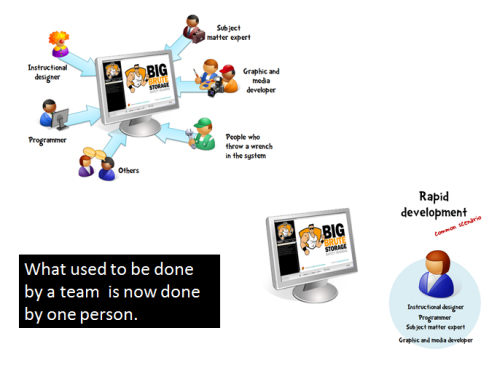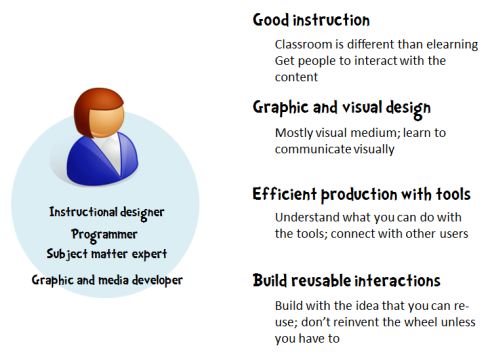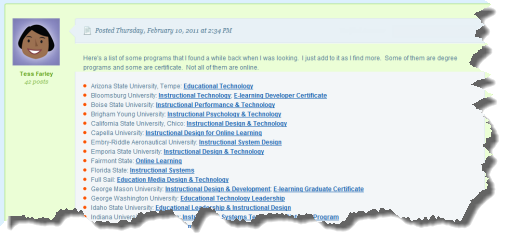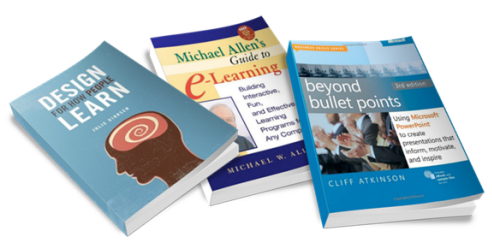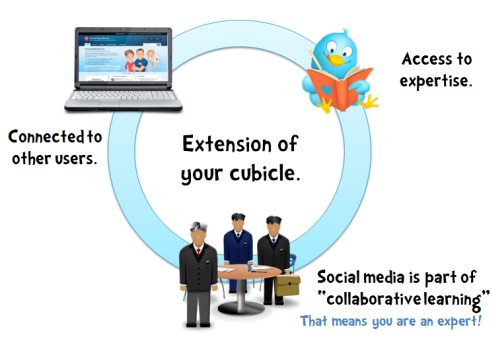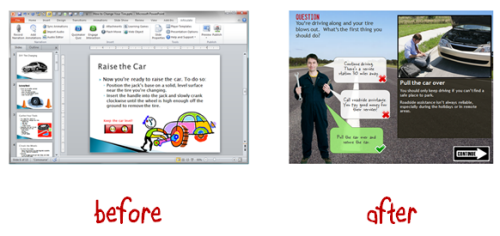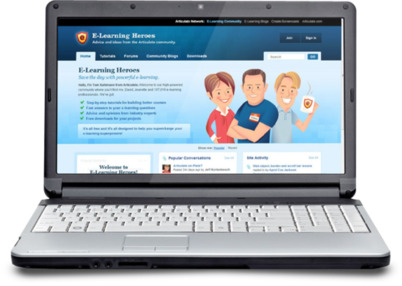The Art of Leadership and Learning - @JohnMaeda:
I have to tell you - I haven't been doing much reading in the last 6 months or so. Tell me, with a 12 hour work day and birding to do in free time and a life to lead on top of that, where's the time for this? Anyways, I'm going to learn from an author today. John Maeda the author of
Redesigning Leadership is keynoting the conference this morning. I'm curious to know what the talks going to be all about - very exciting stuff since I'm always kicked about learning and I'd love to be an effective leader. Heidi says John can speak to us as a colleague but also someone who can bring views from a different sphere. Currently he's the president of the Rhode Island School of Design.
And so the keynote begins! John was mersmerised by Heidi's intro because it was about us and not about him and that's important as a leader. John is very interested in the idea of how to lead - he sees it as a practice. It began from his curiosity - eg his discovery of the lingo of financial terms. He did an MBA online to decode that lingo. He was a professor by day and a student by night. Leadership comes through living it and it's quite uncomfortable.
Leadership has four stages/ aspects:
- Start from foundations
- Craft the team
- Sense Actively
- Fail productives
We're living a lot longer than we did 30 years ago. So a four year college education or the two years masters add-on doesn't cut it for our evolution in this world. So you need to keep learning.
Build the foundations
You can't be afraid to get your hands dirty. MIT was a very clean place for John - RISD is a very dirty place that way. People want to understand and play around - a very elegant thing in John's view. John just got super-promoted and was at the top job of the school very quickly so he didn't really know how to do his job. So he bought a lot of books and he's been learning all the time. He's gotten to learn about art and design at the very core. Take a look at who
the Alumni is.
In the first year at RISD, people are supposed to unlearn what they know. For eg: they know how to draw, but the first foundational course is to break it down into drawing simple shapes such as black and white polygons. It helps all the artists understand their craft better by coming down to the foundations.
Maeda is talking about knowledge starting from direction moving to concepts but then experience going to change concepts and affecting direction. So while the first direction is about mastery, the second is about originality. This creates what the human race is all about - innovating and improving all the time.
Craft the team
Figuring out the team thing is quite a strange task. Maeda refers to the American basketball team which had Michael Jordan and the first two times the American team dominated, but then they couldn't get gold. What was wrong?
You look at some oriental buildings in Japan, made of wood and these last several hundred years! In modern construction things don't last even a decade. The secret is in the materials they use by selecting the right wood from the mountains. In your team, the materials are the people.
There's no I in TEAM. There's a lot of I in INDIVIDUAL. There's a WE in WELCOME. John is talking about someone at the omelette station at the breakfast buffet and that server made him feel welcome with his omelette! That kind of power is human power - doesn't come from a dialog box or hashtag. It was because someone believed hospitality and wanted to live that value.
He brings up
Marshall Ganz's book about the Power of WE. The book talks of a spiral emanating outwards - every leader leads about stories that lead outwards. It's not about autopilot; it's about engaging. Marshall's book calls leadership a practice. It's a practice that starts with Self - identifying yourself. Then there's the story of US - the connections in the group. And lastly there's the story of NOW, where the SELF meets the US and there's a task to complete. Every leaders story fits
this very simple pattern. The only time you need leaders is in times of uncertainty. Story is a critical component in this - they can't hear you if they can't feel it.
Sense Actively
Artists are always doing a wrong thing at the right time! He talks about people wanting to fly kites - what good is that? Well a good thing there is to see and feel the wind. Also it's a good way to experience what it's like from the wind's perspective to see the person flying the kite or the kite itself?
If you look at growth in the last 20 years. Median family income is increasing at a linear pace, but cost of medical care and education has increased exponentially. So the ability to be educated is diminishing given that our capability to fund is becoming more and more difficult. So we need to sense this and find other ways to learn.
If you look at the monopoly in information with the number of printed books. The monopoly of universities such as Harvard, Princeton and Yale until 2000, their monopoly increased considerably. But post that, it fell quite a bit? Is there a disruption there because of
the long tail?
It's not longer a heirarchy in organisations these days -
it's more an organisational network. The bigger thing is now a trans-organisational network. You're friends with your competitors.
Fail Productively
"Courage lies somewhere between fearlessness and recklessness"-Aristotle
John is showing us some of the scenes created using circuit boards. You've got to see this to believe it. It's art created with circuit boards - showing deep situations like a single fathers, CEO-ness and possession; a guy showing off his new smartphone. He talks about an experience in London - a workshop that involved drawing on sand. He met people from various walks of life. People had several problems and varied situations.
There are two frames to leadership - Traditional and Creative. One being a symbol of authority, other being a symbol of inspiration. Traditional is about Yes or No. Creative is about 'Maybe' - the world is complex and you can be wrong.
"If you manage a team of 10 people, it's quite possible to do so with very few mistakes or bad behaviours. If you manage an organisation of many more it becomes quite impossible." - Ben Horowitz
When you're an A player, your median is quite high on the other hand your median as a leader will be quite low given all the mistakes that you'll make and you've got to be willing to make.
John's book is about an honest recount of what it's like being a leader. He describes it as
leading without all of the answers and being open to the critique. It's been a fairly inspirational talk and I enjoyed some of the ideas he threw out though the points I noted down were a poor replacement to his talk.
The point John makes right at the end is that the economy is at a downturn in America. The innovations we're looking at come from Science Technology Engineering and Math (STEM). But a lot of the innovation also needs to come from Art. Yes we have more technology - it's everywhere. We're in a strange race with ourselves. We've always been in this evolution. We used to have a technology called the coffee table. This was before the TV. After the TV, coffee tables became defunct - now people stopped sitting around the coffee table, they sat around the TV now. And in the computer and mobile age, everyone's got a television in their face. It's the reality of the world. Technology realises progress at light speed. Electrons travel at light speed, people don't. We're stuck in a bit of a loop. When computers came first, they were awful and then there was the amazing invention of the CDROM - ability to store and share full colour images; great sounding audio and then movies on your computer. Then we had the web, and the web could do everything in the browser that we did everything we could using the CDROM. And then the mobile came and went through the same evolution as computers and the web. The evolution pattern is the same, culture hasn't moved forward though.
When Maeda compares his time at MIT and contrasts his time at RISD with it. He looks at the combination of Design (making solutions) and Art (making questions). Artists are bold to be cultural entrepreneurs. The intersection is where cool stuff happens. Design is about balancing form and content. John shows the word FEAR written in different typefaces and it's quite amazing how the form changes the way we perceive the content.
And then there's art. Art is harder - by definition it is. People who don't 'get' art are actually getting it because they recognising it is hard. It's about questioning authority. Artists ask 'Why' or 'Why not'. Why would you make art out of glass than drink from the glass? Why would you paint every day? Why not? By forcing us to think and question, we evolve our culture.
VUCA is how the world feels today - volatile, uncertain, complex ambiguous. The anti-VUCA is visioning, understanding, clarity and agility. It's the new VUCA. A new creative way of thinking that changes the way we approach life.
Scientists and artists both ask big questions, but they have different inflections. Both types of questions put together create powerful combinations. Artists are often inspired by scientists to see anew. There are artists who are scientists and vice-versa nowadays. There are designers who are scientists too. Designers are helping us see patterns in complex data. Art is merging with science. Policy makers need artists to help with sense making!
Innovation is the combination of Art and Design. STEM needs to become STEAM with the Art popped in between. Check out
http://stemtosteam.org
© Sumeet Moghe







